Whichever word you emphasize, ‘retail media’ is having a major impact on strategy across the marketing industry
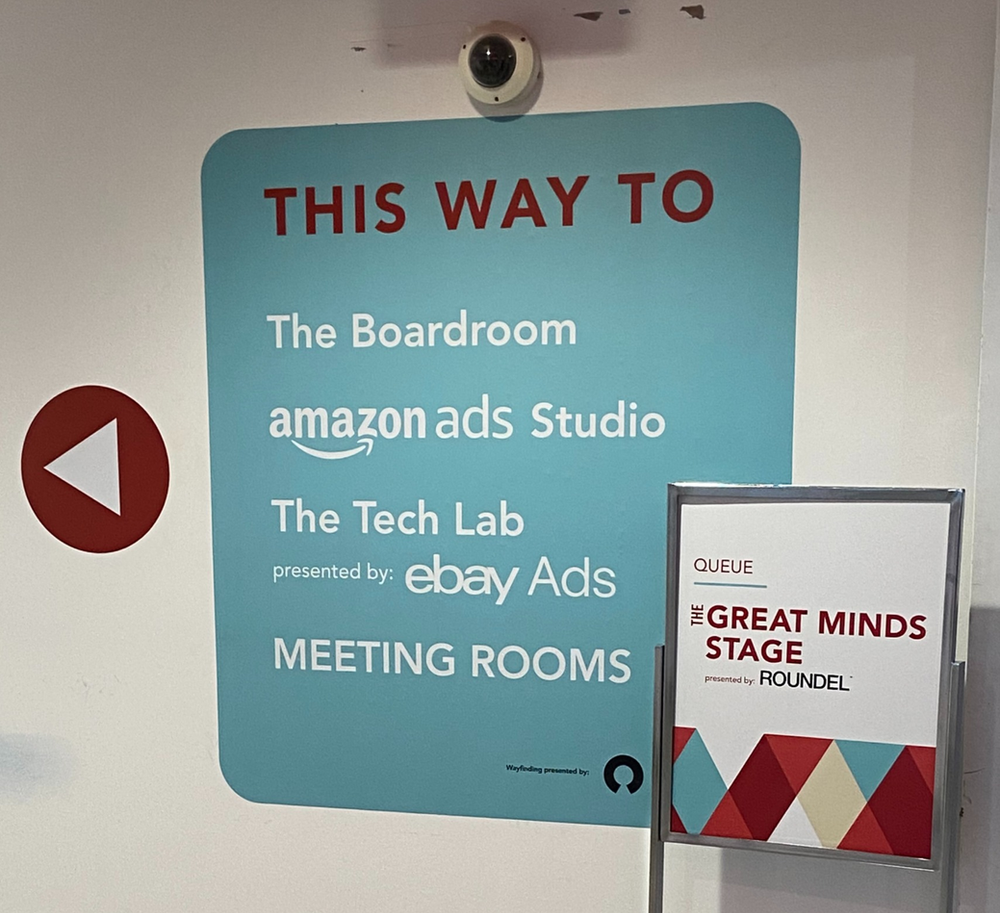
If you agree with all of the comments made from the numerous stages during Advertising Week last month, retail media is as lucrative as the Gold Rush, as inspiring as the Super Bowl, and as important a milestone for the advertising industry as was the landmarks arrivals of TV and the internet — both of which it is now poised to impact in revolutionary ways.
Why? Although a complete discussion of the qualities and benefits goes much, much deeper, the primary appeal of retail media can be expressed in five words: targeted audiences and measurable results.
“It’s become the biggest pillar in advertising right now,” said Ben Sylvan, GM of Retail Data Partnerships at The Trade Desk, after citing a recent report from Group M estimating that retail media already accounts for 11% of all global ad spending.
“Retail media is naked in its ambition. It’s what advertising is supposed to do. It’s supposed to sell stuff,” said Sean McCaffrey, President and CEO of GSTV, who told the story of a client who advertises during the Super Bowl primarily “’because it gets the whole system excited. We’ll all rally around the [ad] from the store shelf, to the digital campaign, to above the line media,’” McCaffrey recounted. “It seems like retail media …[is] putting that kind of thinking in the day-to-day,” McCaffrey said.
It’s also putting what seems to be an inescapable emphasis on measurable sales performance across a media industry long satisfied with awareness and purchase intent as results. “We’re moving from ‘leading indicators’ to true business impact,” said Mike Feldman, SVP-Head of Commerce & Retail Media at Dentsu.
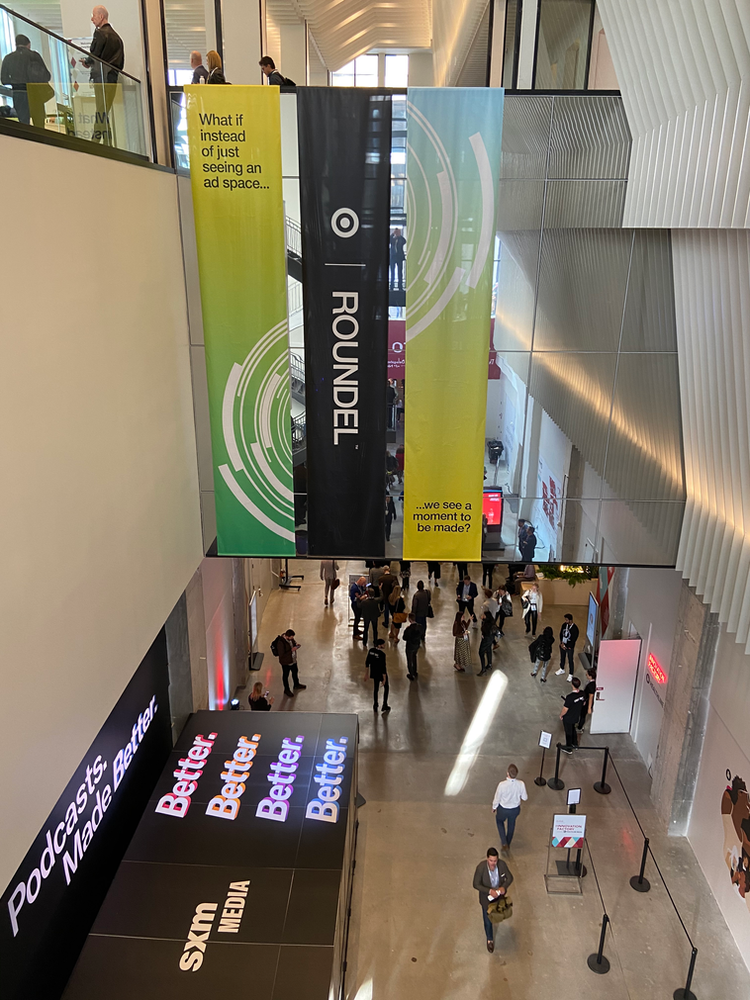
Marketers need more accountable, and more profitable, growth. Enter retail media,” said Nikhil Lai, Senior Analyst for Performance Marketing at Forrester, whose recent research found more CMOs viewing retail media as a full-funnel opportunity that can do everything that media advertising has always done — but then also close the sale.
“Retail media encapsulates everything that advertising has to offer: strategies, audiences, omnichannel activation — everything that we’ve been doing on all the different fronts … comes together in a retail media network, and it’s a huge opportunity,” said Oz Etzioni, CEO & Co-founder of personalization engine Clinch. “This is a revolution.”
Some speakers at the event were even suggesting that retail media may have the power to revolutionize TV advertising. “We are really getting to a good place when you can start to bring these kinds of audiences and this kind of measurement to television,” said Kristi Argyilan, SVP-Retail Media at Albertsons Companies.
“Imagine targeting an audience of people who are buying allergy medicine at this time of year versus [a traditional media audience of] women 25-54. It gets so much richer — and then we can measure that we actually drove the sale,” said Argyilan. “When you bring those things together, television is held to a level of accountability that’s been hard to do until now.”
“In the old days, you’d buy media impressions and hope that a customer purchased. In the new world, you’re buying media knowing if a customer purchases,” said Anna Kruse, VP of Best Buy Ads & Media Strategy at Best Buy.
The TV “commercial,” if you will, might finally drive commerce directly.
While retail media seems to be sparking the greatest industry change these days, the advertising world is evolving in other ways as well, based on the various discussions taking place at Advertising Week. Brands are looking for stronger, more personalized ways to engage with consumers, and that increasingly requires them to be more focused on social and environmental concerns, more active in emerging channels like the metaverse, and more open to the idea of loosening brand guidelines to let consumers themselves collaborate on the message.
The following report examines the 5 main themes discussed during the four-day conference from The Mars Agency’s perspective.
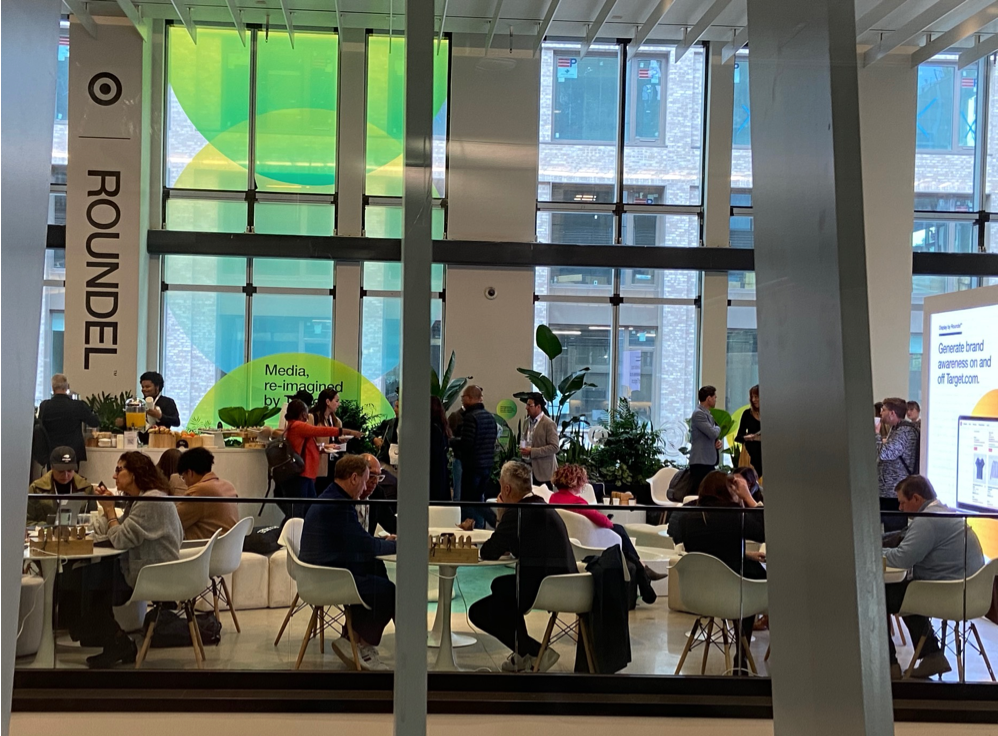
1. The Business of Retail Media
Retail media networks will generate roughly $40 billion in sales in 2022, up 39% from 2021, and that figure should double to $85 billion by 2026, according to Forrester.
While most current spending is still coming from shopper and trade marketing budgets, “we’re seeing marketers break out a dedicated retail media budget and/or diverting funds from search and social,” said Nikhil Lai, Forrester’s Senior Analyst for Performance Marketing. In fact, in a recent survey by Merkle, 37% of respondents said they’re now shifting dollars from brand budgets.
And everyone, it seems, wants in on the action. “Entering Advertising Week here, you look around and everyone is in retail media. The landscape is changing really fast,” said Kruse at Best Buy.
The landscape is changing so quickly, in fact, that retail media is already busting out of its definition: You apparently no longer need to be a retailer to operate a network, and you don’t have to sell a product at retail to be an advertiser.
Discussing the rapid growth, Mike Brunick, Head of Global Ads Business Development Yahoo, unironically noted that the aforementioned forecasts are “just from the retail category. There are a lot of growing industries and sectors getting into this space.”
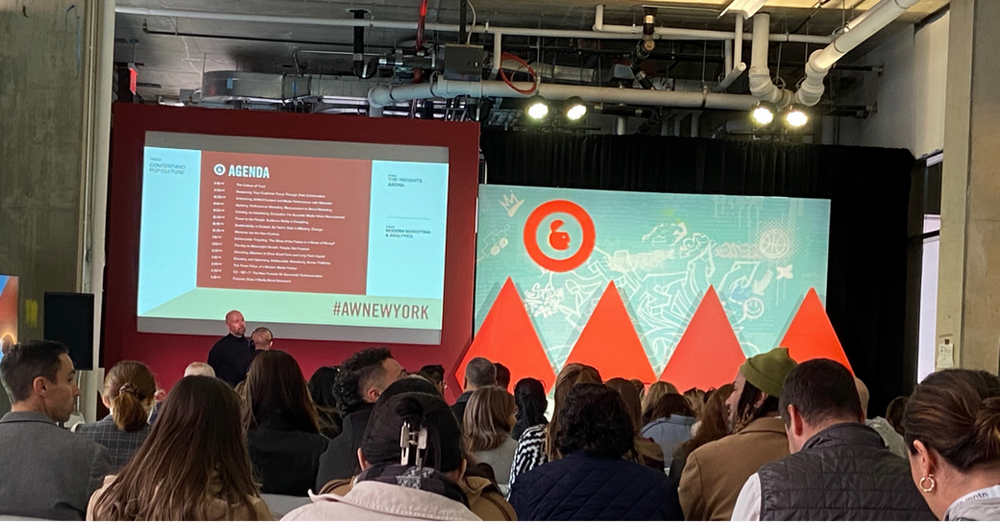
“We’re going to see this in any industry that has good customer relationships and good customer data,” said Jeremy Woodlee, Managing Director, Accenture song, while speaking on a panel with Brunick and executives from Lowe’s One Roof Media Network and the Marriott Media Network.
Even The Wall Street Journal was on hand to plug Buy Side, the shopping platform it launched in June. The venerable news brand joined the stage with Twitter, its partner for live shopping events.
Marriott International provides a good case study on the expanding potential: The hotel operator wants to become “the world’s favorite travel company,” and to do that, “we had to become a media powerhouse,” explained Nicolette Harper, the hotelier’s VP-Global Marketing & Media.
Although Marriott will be careful not to taint its luxury brand status by “looking like NASCAR or Times Square” online or on its properties, the company sees numerous opportunities to help guests solve relevant needs (like buying luggage after booking a trip), she said.
Lowe’s also sees plenty of “synergies and tangential opportunities” for non-endemic advertising,” said John Storms, Head of Sales at Lowe’s One Roof Media Network — one being the various needs surrounding the move to a new home.
For its part, Albertsons is focused on grocery “and understanding our customers at the local level. So you just have to think about how that would translate over to adjacent brands,” said Michelle Weiskittel, Senior Director of Retail Media Network Planning & Activation Lead at Albertsons Media Collective. “But at the end of the day, it’s our customers that are going to drive whatever partnerships we’re in.”
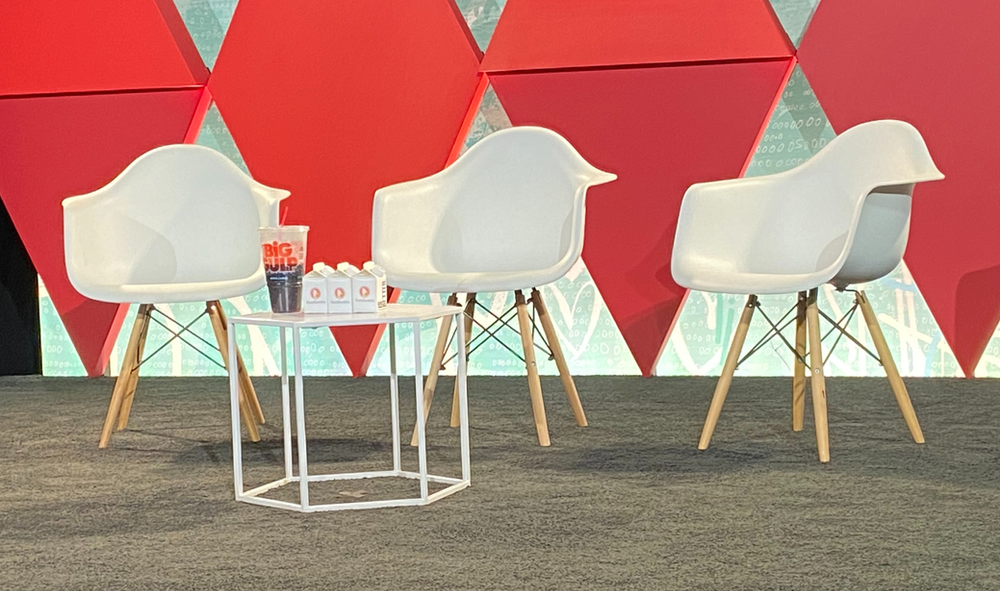
2. The Practice of Retail Media
Spending on retail media is now flowing more freely from brand coffers because advertisers “are considering it upper funnel” as they increasingly focus less on general branding and more on performance marketing, said Janine Flaccavento, SVP Media Services at Merkle.
However, the goal shouldn’t be to “take money from different places but actually focus on the [consumer] journey,” said Etzioni. “Whether it’s branding money or performance money doesn’t really matter, as long as it serves the goal you’re trying to achieve throughout the same journey.”
Albertsons Media Collective, for one, has been building out more capabilities that allow brand partners to “bring retail media into the broader marketing conversation, which is where all of our clients are. Shopper marketing and brand marketing are coming together,” said Argyilan. “Retail media provides a really great solution in a media world where a lot of big partners are struggling [and] a lot of the data that we’re used to using is going to come out of the marketplace.”

“It’s not about a funnel, it’s about a flywheel,” said Anne Ramsey, VP-Planning at Dentsu X. “Anybody can be aware of your product at any moment and can purchase it at any moment. So you have to be thinking about the full funnel the whole time.”
“We’re making decisions [with advertisers] based on what we believe is going to be relevant and valuable to our customers,” said Storms at Lowe’s. “What problems are we trying to solve together, how do we have an always-on, 365 strategy and not just hit the big moments that are 100% focused on “lower funnel” — that’s kind of an old-school way to think about it. This is really about being much more strategic around the journey.”
“I don’t care where the dollars come from. For me it’s about meeting the business objectives tied to the KPIs,” said Weiskittel. That emphasis on collaboration rather than media sales is why Albertsons and The Trade Desk recently introduced functionality enabling brands to use the retailer’s shopper data for audience targeting across the open Internet, and this quarter will begin measuring the sales impact of all media (including Connected TV) purchased through the platform.
It’s also why DoorDash is now making ad inventory available for brands of any size through its internal self-serve platform, 3rd-party platforms (like Pacvue or Flywheel), or direct API integration.
Its why Target’s Roundel has pledged to continue building up the capabilities of its new Kiosk analytics platform until “every single media offering” provides closed loop reporting “to better understand ecommerce movement but, more importantly, what’s actually happening in the store as well,” promised Matt Drzewicki, VP-Partner Solutions Group.
Drzewicki also pledged greater collaboration between Roundel and Target’s merchandising and marketing enterprises. “You will begin to experience the power of all of us working together” to focus on broader business outcomes, he said. “What is it that you’re trying to accomplish with your business and how can our media help drive to those goals?”
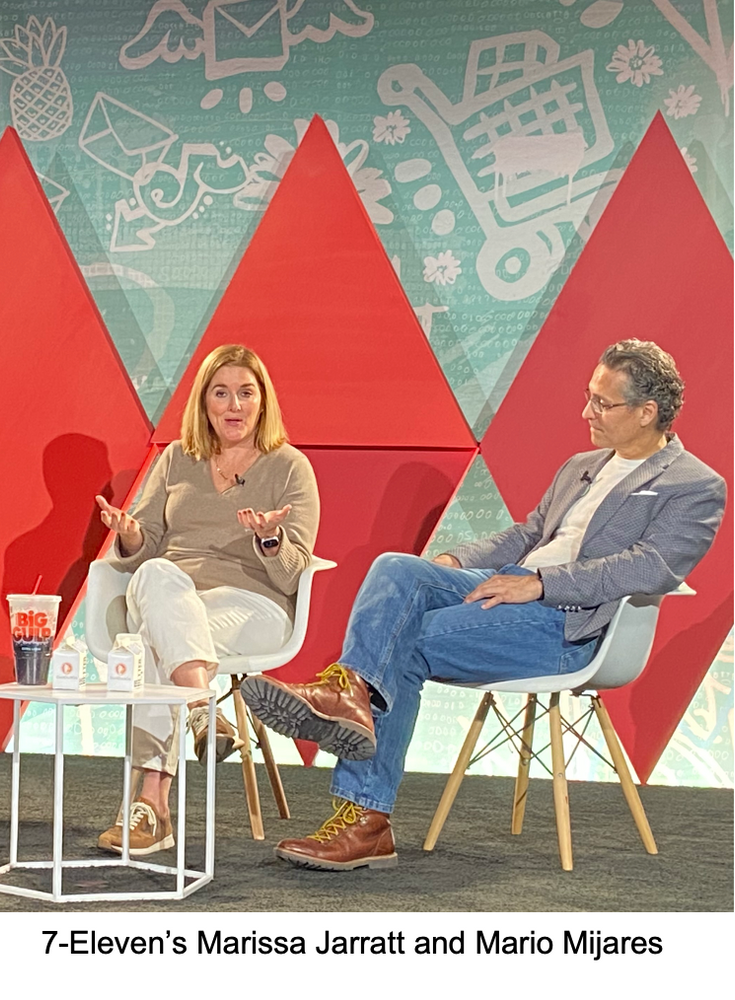
Finally, it’s why 7-Eleven is about to enter the marketplace with Gulp Media Network, a platform focused more on the insights-driving research opportunities— loyalty data on 80 million-plus shoppers, a 160,000-strong customer panel, upcoming in-store analytics labs — that can inform effective media buys rather than the ad inventory that will be available (which, by the way, will initially focus on offsite opportunities when the platform officially launches in January).
“We talked to a lot of our vendor partners, and they told us it’s a headache for them because retail media is very fragmented,” said Mario Mijares, 7-Eleven’s VP-Insights, Loyalty, Marketing & Monetization. “We wanted to make sure we didn’t contribute to that problem. We wanted to come up with a solution for them.”
As already suggested, a full funnel approach to media won’t be complete without the brick-and-mortar store environment, which Etzioni expects to become “very popular soon” as a way for retailers to differentiate themselves from the ever-growing ranks of competing networks.
All of this competition “really encourages the networks to think about innovation. A huge piece of what we’re talking about with our brand clients is thinking outside of the box,” said Courtney Crossley, Director of Commerce Media at The Mars Agency. “I think that’s going to be a really defining movement for retail media in the next year.”

3. Data Sharing: Business & Practice
First-party shopper data and the closed-loop performance metrics they unlock are providing both the secret sauce for retail media and the means for turning all media into performance media.
“We can understand whether or not 106 million adult consumers are going to the grocery store and buying something,” said Albertsons’ Argyilan. “We can even get an indication, with different audiences, about what’s important to them based on what they buy. There’s a ton of insight and a ton of proof of performance.”
“We built some custom insights and audience tools that are really best in class” and allow advertisers “to reach the right Walgreens customers at the right place at the right time,” said Stefanie Kruse, the drugstore giant’s Vice President of Digital, Ecommerce, and Omni-Channel.
Of course, data is basically worthless if it isn’t shared. That’s why media operators and data providers of all types are working to develop tools and practices that make it easier for first-party shopper data to be used beyond “walled gardens” without any loss of control (or monetization opportunities) and without running afoul of privacy regulations. “Privacy-enhancing technologies, and specifically data clean rooms, can help resolve some of the conflicts,” said Derek Baker, U.S. Martech, Media & Adtech Leader at PwC.
“We describe it as a co-op garden … giving access to our partners in a privacy-safe way to the data that’s really going to drive their business,” said Albertsons’ Weiskittel. “There are many things that we still control, but the insights, the partnership, and the service really should be co-owned.”
“You want things fast, and you want transparency,” noted Drzewicki at Roundel, which recently launched a near-real-time analytics platform dubbed Kiosk.
Advertisers weren’t specifically asking for the clean room LinkedIn is about to launch but they have been saying, “We need secure data collaboration and we need insights. What they get out of it is most important,” said Haylee Adkins, Head of Customer Solution Engineering at the business-focused social platform.
PepsiCo has developed its own suite of clean room solutions that are being used for “cross-platform optimization across walled gardens” and a variety of other business cases, said Milo Blanco, the CPG’s Data Technology & Partner Connectivity Manager. Having internal capabilities “creates that neutral space companies need to bring their data without relinquishing control,” he said.
Data still exists beyond retail media, of course. And as the impending deprecation of third-party cookies looms, the need for brands to directly collect their own consumer data is a growing part of the strategic discussion.
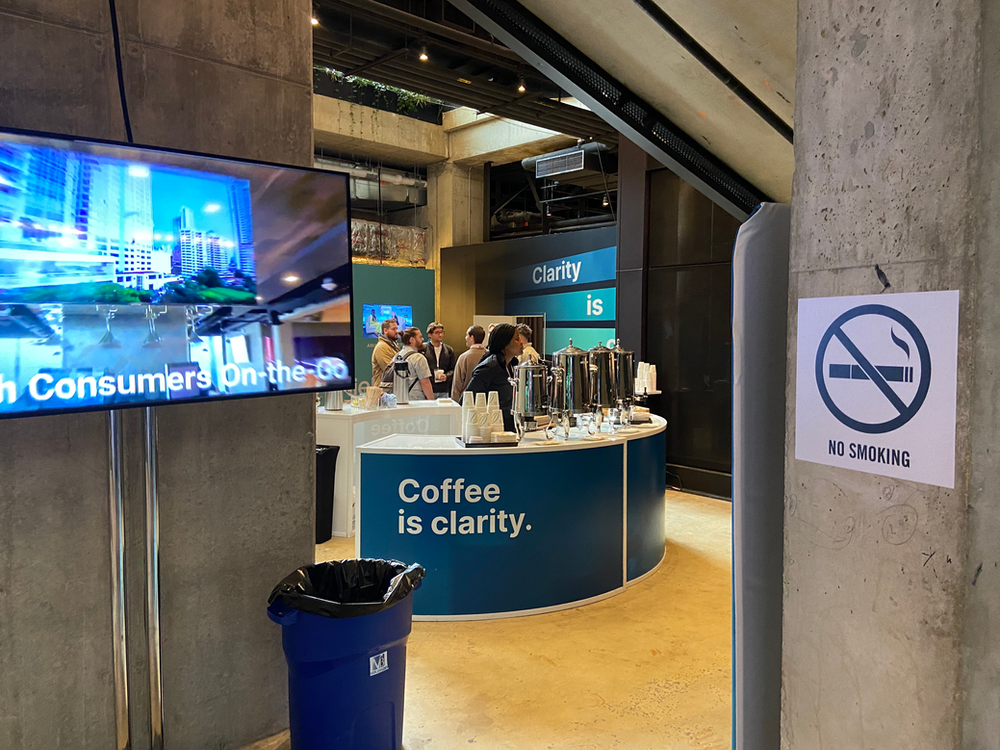
“It’s all about zero and first-party data now,” said Tom Butta, Chief Strategy & Marketing Officer at mobile app experience platform Airship, while recommending customer surveys as an ideal method of collection. “It’s great information, and you’re in the moment” with your customers, he advised.
Recent research from Dentsu finds that 82% of consumers want more control over their personal data. However, “consumers will actually give you more data if you provide the right value exchange,” said Laurel Rossi, CMO of Infillion. Brands also need to “prove that you’re acting in their best interests” and be completely transparent upfront about their data usage plans, added Butta.
Speaking of better measurement, brands are looking to drill deeper into “engagement” by exploring ways to gauge viewer “attention.” Bacardi, for one, is working on “the next evolution of impression measurement,” according to Caty Grzymajlo, Strategic Insights & Analytics Director, Global & NAM, at Bacardi Rums. “We know that business outcomes are significantly stronger when you optimize to attention than when you optimize to viewability.”
Bacardi has teamed with SnapChat, OMD and research specialist Amplified Intelligence to measure attention levels by recording and evaluating the smartphone activity of volunteer consumers. The goal is “to understand whether someone’s looking at an ad or not,” explained Dr. Karen Nelson-Field, Founder and CEO of Amplified Intelligence.
According to the research, the format of a social platform “is literally what gives you the amount of attention an ad can gain,” more so than context, audience demographics or even content, said Nelson-Field. Some social platforms, therefore, “are a lot better than others” at driving attention for ads, she said (while declining to “name names” publicly).
For paid social advertising, “You’re buying the reach, so you don’t really need the engagement,” said Michael Italia, Head of Social Media & Digital Content Studio at Mars Wrigley. “We care more about whether they’re actually watching,” which makes view-through rate an important metric, he said.
Meanwhile, the move toward data-driven personalization continues. Coca-Cola is partnering with DoorDash for dayparted programs that encompass different themes, products and audiences “to provide the most relevant consumer experience,” said Lauren Freedman, Director of Ecommerce Marketing at Coca-Cola North America. Walgreens is focused on “experience orchestration” to ensure that its communication “makes sense across every single point of the customer journey,” said Kruse.
7-Eleven employs a trio of rules-based segmentations — RFM (recency, frequency, and monetary value), trip mission, and day-part — “to figure out what our goal is for every customer.” Mijares explained. It then uses AI to send the right targeted offers.
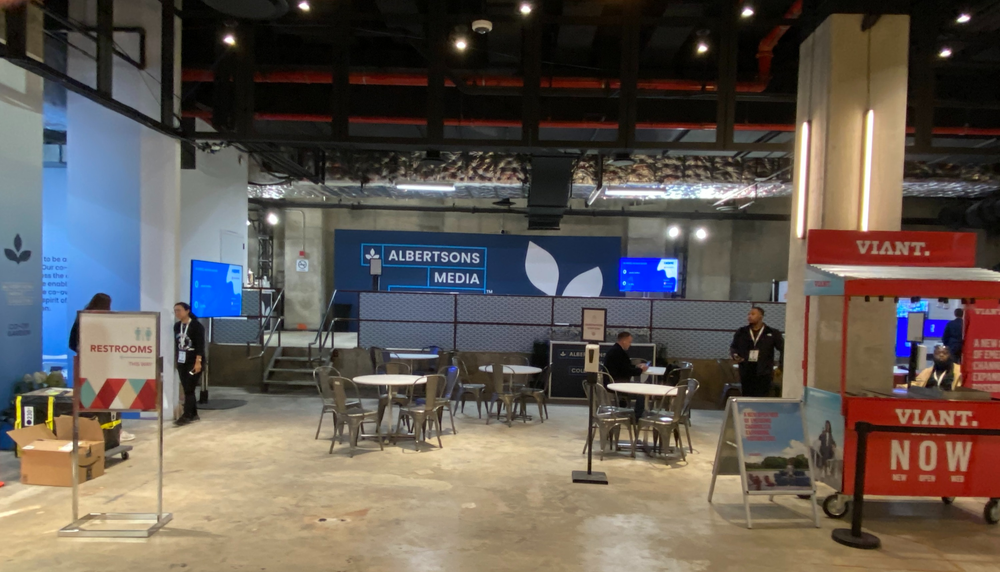
4. Global Citizenship as a Business Practice
Conversations about Sustainability and Diversity, Equity & Inclusion covered every aspect of the marketing world as agencies and client organizations step up their efforts to “walk the walk” of corporate responsibility both internally and externally.
Advertising Week marked the semi-official launch of the globally minded “Ad Net Zero” project in the U.S. Launched in the UK in late 2020, the initiative seeks not only to drive agencies globally toward that eponymous goal for greenhouse gas emissions, but then to also help clients shift their communication focus toward consumer-inspiring sustainability efforts. (In the UK, for instance, 70% of automobile ads are now devoted to electric/hybrid vehicles.)
“We’re changing the way we work to change the work we make,” said Stephen Woodford, CEO of UK-based The Advertising Association. “Advertising has this superpower to convince people.” U.S. associations ANA, 4A’s and IAB are all backing the effort, which officially kicks off on Jan. 1. (The U.S. produces 40% of the world’s advertising.)
One concern for the future is how much impact new technology-driven marketing opportunities might have on these kinds of initiatives. NFTs (as one example) have a high carbon footprint due to the energy they require, and without the proper vision new initiatives like the metaverse (see below) might create “a greater digital divide” that could hinder DEI efforts elsewhere, suggested Janet Balis, Partner and Marketing Practice Leader at EY.
On the DEI front, it’s time for marketers to “acknowledge the fact that this customer is actually the one that’s going to drive your business moving forward” rather than viewing it as an ancillary group that deserves attention, urged Lisa Torres, President, Cultural Quotient at Publicis Media.
One marketer that already has is Best Buy, which has pledged to spend $1.2 billion with BIPOC (Black, Indigenous & People of Color) businesses by 2025; is devoting 10% of its annual media spend to BIPOC platforms; and in the future will feature diverse casting in 30% of all paid advertising.
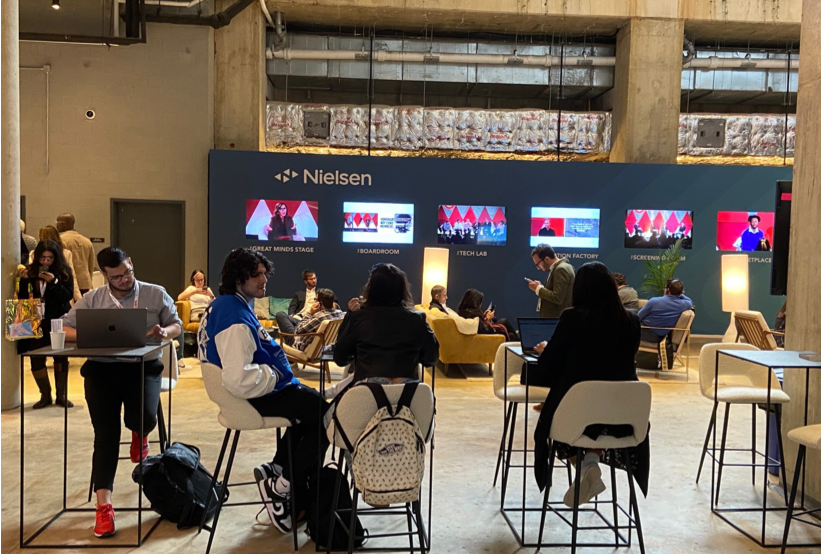
Setting these kinds of targets is a logical part of “being customer-obsessed,” said Dan Murphy, the retailer’s Senior Manager, Media Strategy. “It enables us to make true and authentic connections and to have a relationship with our customers — all customers.”
Another focused marketer is Roundel, which in 2019 launched the Roundel Media Fund to provide $25 million in free media to BIPOC brands by 2025 — and is more than halfway to its goal. The program has given more than 300 small brands 3-4 weeks of exposure during peak sales periods (like Black History Month or the Holidays) in exchange for a minimum $5,000 outlay. (Target as a corporation has pledged $2 billion in assets to working with Black-owned businesses by 2025.)
“We needed to find a way … to give them equal footing, to make things truly equitable, to ensure that — although we love Unilever and we love Procter & Gamble — it wasn’t just big brands occupying the [advertising] space,” said Filippia Iboko, Director, Partner Solutions Group at Roundel.
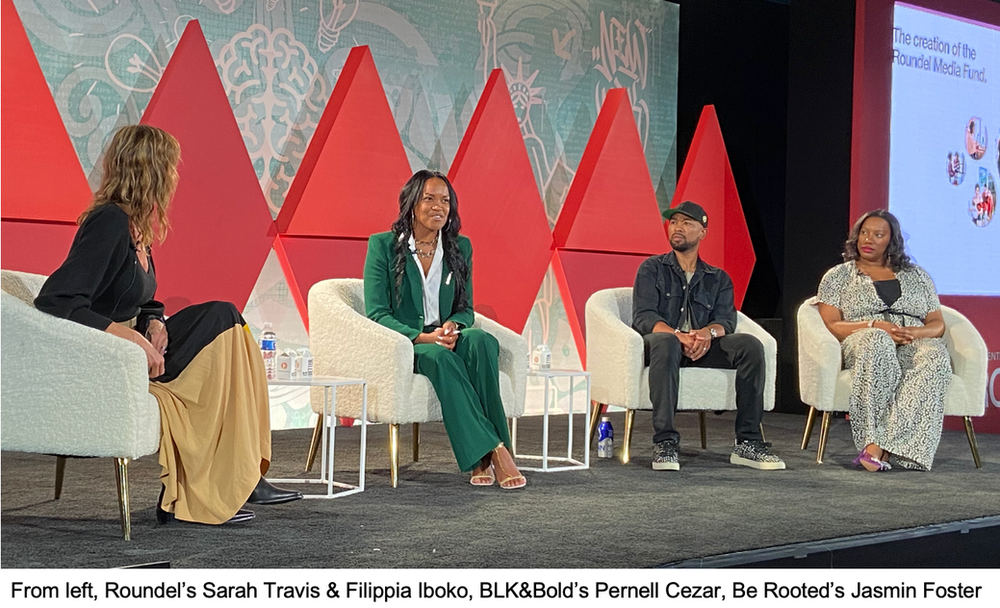
“We see ourselves as true partners to the brands we work with, helping them to increase the breadth and depth of their capabilities and really investing in their growth — and ultimately creating more magical experiences for our guests,” said Sarah Travis, SVP-Target & President, Roundel.
In turn, both of the recipient brands joining Roundel at Advertising Week discussed the impact they’re trying to have on their communities: Coffee maker BLK&Bold donates 5% of profits to under-resourced youth programs, according to CEO/Co-Founder Pernell Cezar; Be Rooted founder Jasmin Foster s was inspired to take her side business full time after learning how much her themed stationery products were resonating with Black women.
“Take that first step and see what performs,” Murphy advised marketers that aren’t yet moving in this direction. “You’re not going to have a sense of what works or what impact you can make in this space until you try.”
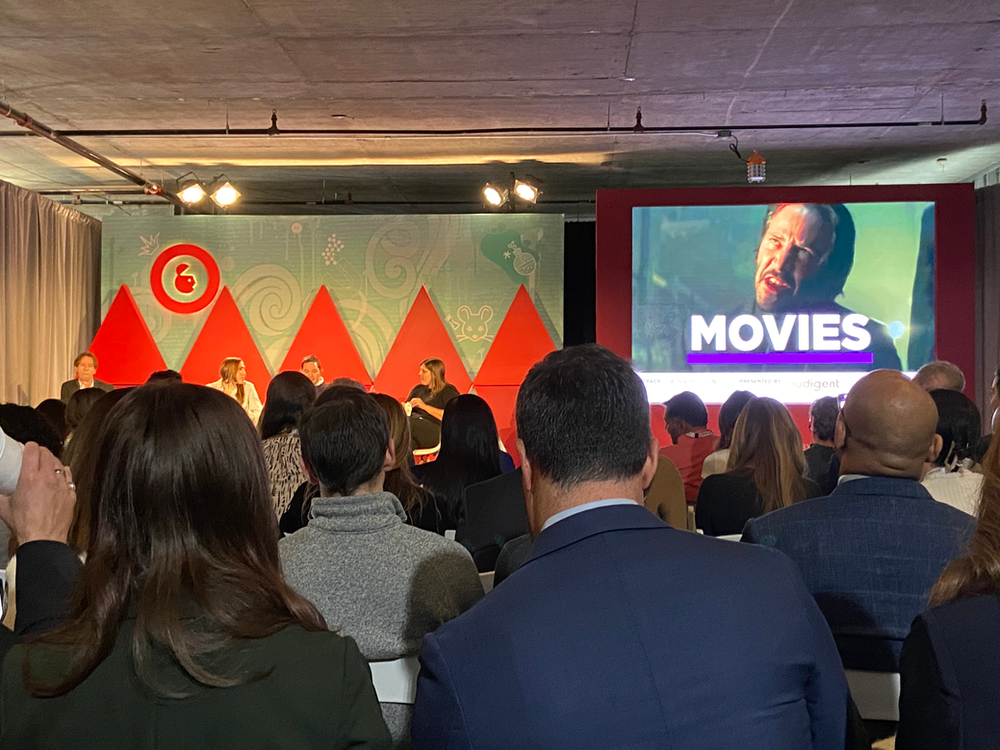
5. The Metaverse Is a Business Practice
While hype for the metaverse didn’t quite reach the level of retail media, supporters for the emerging technology were many. The metaverse is providing both “a new paradigm for how consumers will experience the Internet” and a “vastly new canvas for [brands and agencies] to paint on,” according, respectively, to Balis at EY and Bianca Bradford, Director, Head of Agency North America at Meta.
But Balis, for one, warned brands not to “get caught up in the hype.” Before diving into the creative and technical details, “you have to understand what you’re doing there” by determining:
1. Why it’s important for your business.
2. When you should begin. (“Are your consumers there yet?”)
3. Where you should play. (“Hedge your bets” on popular platforms with existing audience vs. new proprietary experiences).
4. Who your target is. (Consumers, or maybe just employees?)
Once brands get to the concepting stage, they should remember not to simply “digitize real life,” suggested Christine Lane, Head of Innovation & Experience NA at DDB. “There is the opportunity right now to create the business model for the metaverse,” she continued. “I’d like to believe there are more options than the ‘free version with ads’ and the ‘paid version without ads.’”
Although it’s still a nascent technology penetration-wise, the metaverse is already starting to broaden beyond the male-dominant, gaming-focused, early adopter phase to embrace more women and a broader entertainment scope that already includes a fair dose of fashion. “Yes, consumers are ready [for the metaverse],” said Jessica Berger, VP-Innovation at Publicis. “You just have to decide how you’re going to meet them.”
Brands, too, are already “changing their objectives” to focus more on engagement than monetization “and maybe the revenue comes long-term,” said Adam Caplan, SVP, Emerging Technology at Salesforce. With that shift comes greater scale for NFTs: “If they’re free, you don’t have to sell 5,000, you can give away a million,” he said.
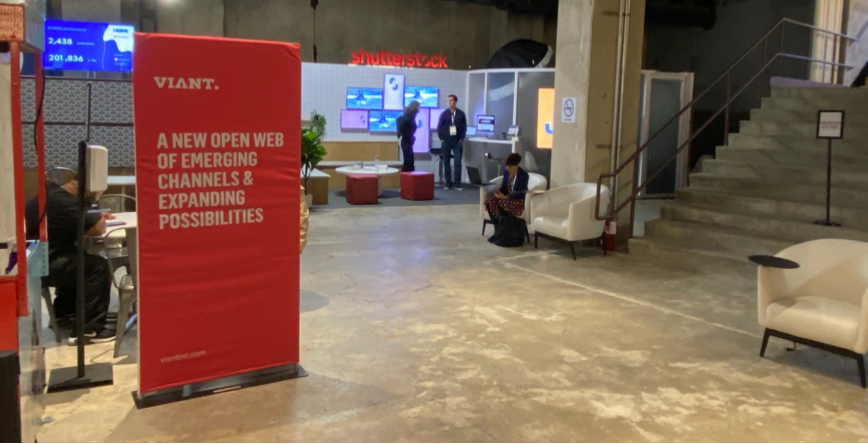
“We’re trying to understand the right balance of equity building and laying the foundation for commerce,” said 7-Eleven CMO Marissa Jarratt. “We definitely see metaverse as a path to commerce in the future. Our goal right now is to simply get going and focus on how it can build equity.”
7-Eleven wants Gen Z to understand both the retailer’s rich history and its status as “a modern brand that has solutions for their lives, and metaverse is a great way to demonstrate that,” said Jarratt.
“You don’t have to jump all of the way in. But you should definitely start,” suggested Berger, who likens the current climate to the early days of social media: “Brands that started early built audiences organically,” while “those that started later had to pay a lot of money” to catch up. “That’s what you’re going to experience in the next couple of years.”
As metaverse strategies take shape, brands continue to have success with augmented reality. In fact, Samsung has found the technology to be “the secret sauce” for engaging with younger audiences, according to Jaclyn Wyatt, Head of Digital Media at Samsung Electronics America.
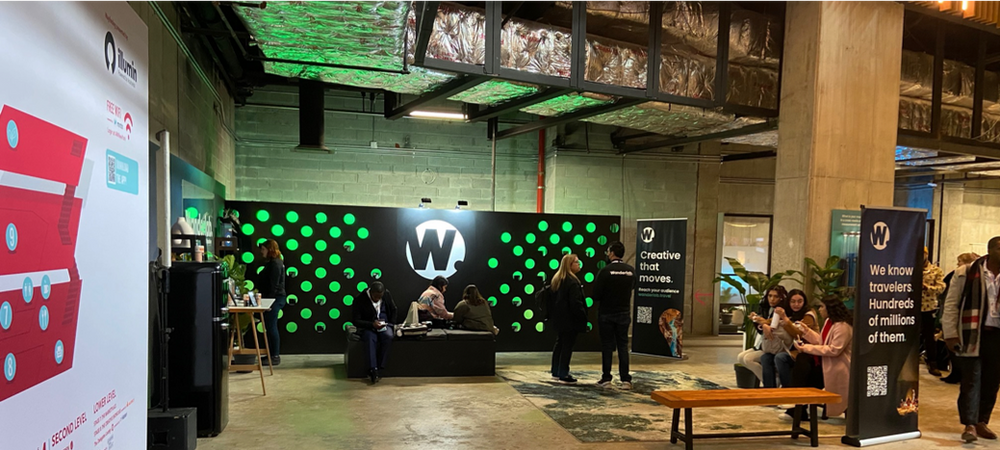
“It’s a challenge to reach Gen Z in a traditional manner,” said Wyatt. “[But] they grew up with advertising in their hands. They just want something authentic” that also provides some fun. What’s more, “If they like it, they’re going to talk about it,” she said.
In addition to game-focused AR campaigns, Samsung has scored with virtual try-on tools that let consumers “have the shopping experience right there,” said Wyatt. “At the end of the day, you do need to see these products. These are investments.” The marketer is now starting to explore ways to use AR to extend engagement through post-purchase education. “I hate to say it, but nobody’s using our Quick Start Guides,” she said.
As elsewhere, however, an effective strategy begins with the steak, not the sizzle. “If I’m clear at the beginning with my objectives, we hit success,” Wyatt said. “If I just go after the really exciting creator ideas, the new innovation … it’s not going to work.”
Download a PDF of this special report here.
About The Mars Agency
The Mars Agency is an award-winning, independently owned, global commerce marketing practice. With talent around the world, we connect people, technology, and intelligence to create demand and drive profitable, sustainable growth.